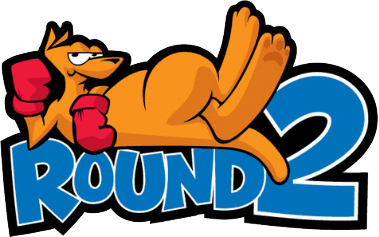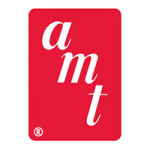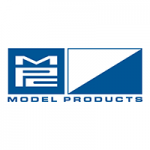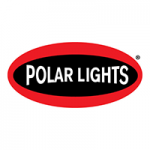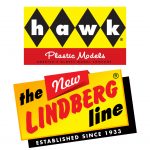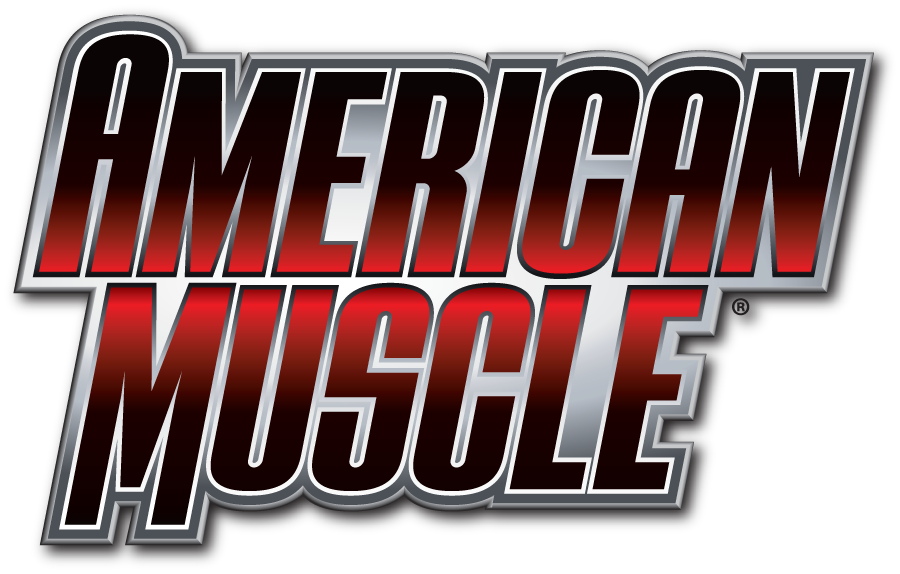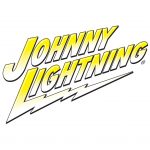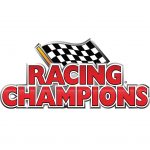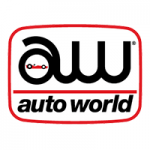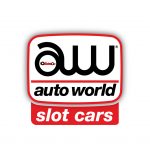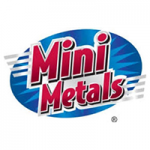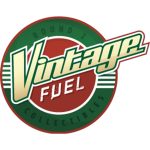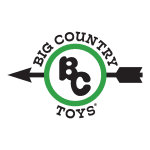

1928: Company founded in Chicago, IL by two brothers, Dick (Sr.) & Phil Mates. Hawk’s initial product offerings are solid (non-fling) wood aircraft models.
During the 1930s, some kits receive injection molded plastic parts, namely propellers.
WW II: Hawk produces plastic aircraft models for the armed forces, for use in pilot training (to identify friendly/enemy aircraft).
1946: First Hawk all-plastic airplane kit: the Curtiss R3C-1 Thirties pylon racer. The plastic used is acetate. Scale is “1/4 inch to the foot”, or 1/48, which becomes solidly established as a model aircraft kit scale. Several other kits soon follow.
1949: Hawk changes plastics from acetate to styrene, one of the first model kit manufacturers to make the switch.
The mid-1950s: Commercial artist William Campbell is hired to create illustrations for Hawk model kit boxes when their regular illustrator falls ill. Campbell eventually helps develop some well-known kits, including the popular Weird-Ohs line. By now, the Hawk kit line is still built mainly around aircraft, but other subject matter includes missiles, a satellite, and larger-than-actual-size replica insects, intended for use as educational items.
In the early 1960s: Hawk introduces a 1/24 scale car kit, the Mercedes-Benz W-163 racing car. In addition to parts molded in four colors, it includes plated parts and rubber tires. Two 1/24 scale turn-of-the-century car kits, a 1902 Rambler and 1909 Hupmobile, appear also. Other kits introduced include two dragsters and a larger scale Fox “Go- Boy” go-kart. The latter three include electric motors, in line with a short-lived trend in model kits. Several 1/32 scale “torsion powered” car kits are introduced; for these, the power source consists of a rubber band, twisted to put it under load. Upon release, the band would unwind, moving the car forward. In 1962, Hawk produces two Studebaker Lark kits in a 1/32 scale; initially offered by a cereal company as a “send in the box tops” mail-order premium, but also sold through normal channels.
1963: Campbell presents mock-ups for several cartoonish figure kits to management, which initially rejects the idea. Wholesale buyer representatives see the mockups and encourage management to produce them as kits. The concept receives its name: “Weird-Ohs”. Hawk presents them at a trade show; though other companies also have figure kits, the reception is encouraging. These appear in 1964, along with Weird-Oh decals.
1965: Follow-up series Silly Surfers and Frantics are introduced. The rights to these series were acquired from other artists, with Campbell providing box art illustrations that tied in with the existing Weird-Ohs. By then, the Weird-Ohs were licensed for other items including a board game, a record album, Halloween masks, toys, and trading cards. With these series completed, Campbell exits Hawk to continue his commercial art
career at a chemical/paint company. When the “weird” figure craze subsides (as it does for all model manufacturers), Hawk reverts to its more conventional scale models. Unlike most other model kit companies, Hawk chooses not to enter the slot car business.
1966: New 1/32 scale model kits are introduced, these having an extremely low retail price (29 cents). These include a Chaparral, Lancia Ferrari, Lotus 30, and Maserati 5000 GT. One 1/24 scale car kit, a custom “woodie wagon” surfers’ car, also appears. These are among the last new products introduced.
1970-today: Hawk acquired by Testors, the hobby paint manufacturer. Industro-Motive Corporation (IMC) acquired also, at around the same time; some IMC kits are branded “IMC Hawk”. Production continues for a time, but without a new product eventually tapers off. The Weird-Ohs resurface during the Eighties and again in the Nineties under the Testors brand name, the second revival in conjunction with a short-lived animated TV show. J. Lloyd eventually acquires Hawk along with Lindberg, another model kit company with a long history. The Hawk brand name is revived, with reissues of the Weird-Ohs (reversing modifications made for the Nineties versions) alongside new diecast items like 1/24 scale cars (kits and in assembled form) and 1/6 scale automotive engines. After several years of activity, both companies are acquired by Round 2.
